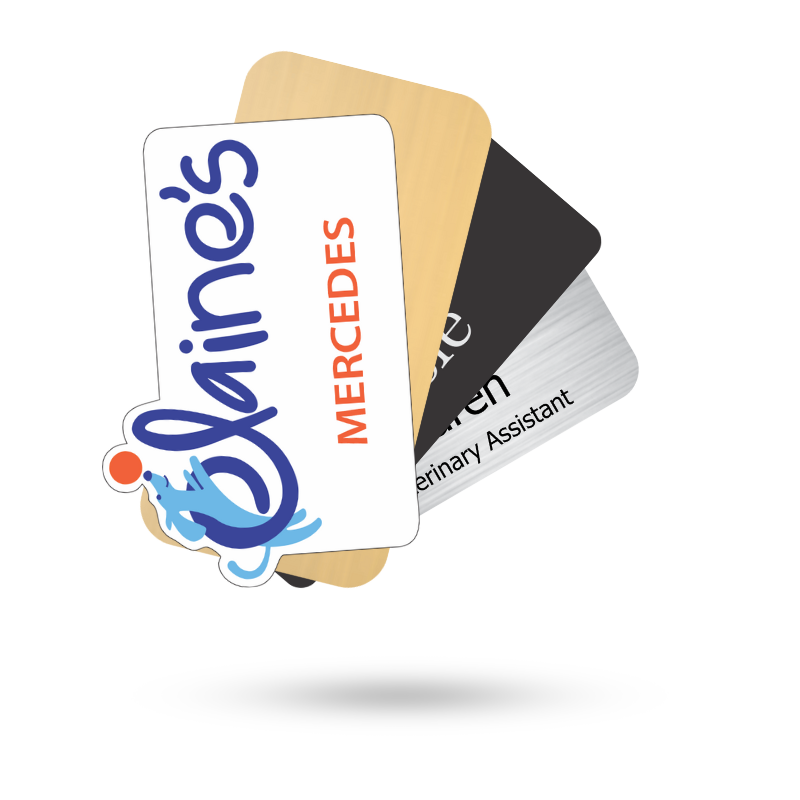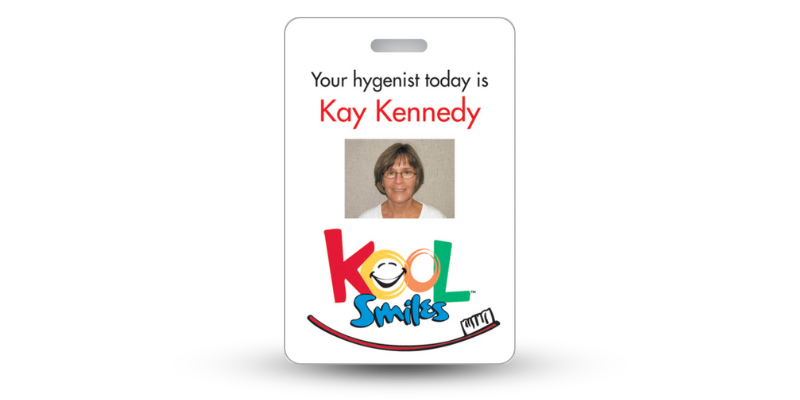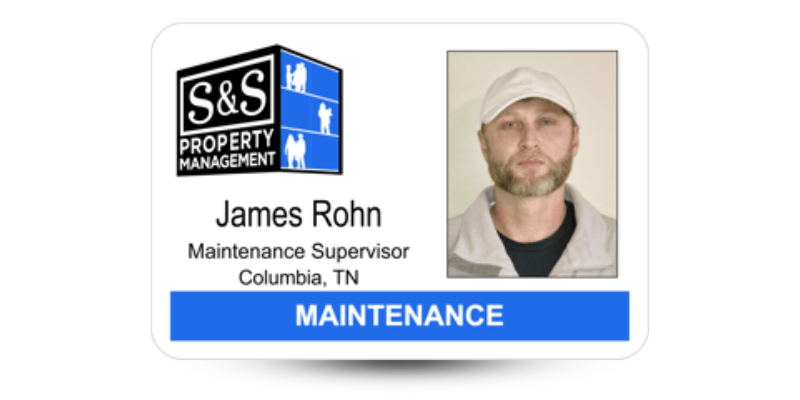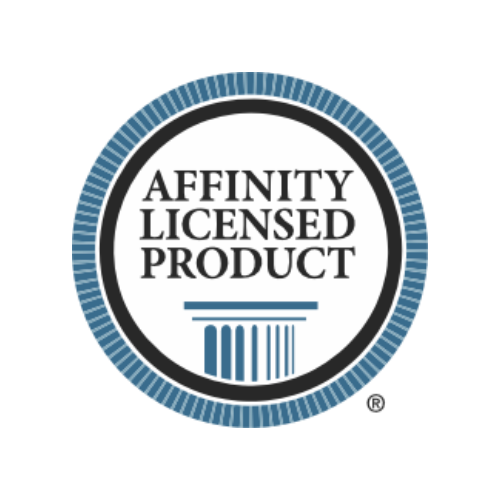Shop
Contact Us
(888) 754-8337
Mon - Fri 8am-5pm CST
Multi-Language Name Badges
Fostering Inclusivity and Effective Communication

Clear communication is still as important as ever, especially in professional settings. Whether it's a conference, a workplace, or a corporate event, the ability to connect with individuals from different backgrounds is necessary.
Business and commerce cannot happen without effective communication, period. Where does communication start? With an introduction? An elevator ride? Sometimes, the most powerful tool for starting or enhancing communication goes overlooked. That’s right, the humble name badge.
Why Multi-Language Name Badges Matter
As the world becomes more interconnected, we find ourselves interacting with people from various cultures, regions, and language backgrounds. This is especially true for those who engage in international events, global businesses, and multicultural workplaces. Multi-language name tags are a simple, yet effective way to break down language barriers and make individuals feel welcome and respected.
Benefits of Multi-Language Name Badges
By adding multiple languages to name badges, organizations can create an inclusive environment where attendees and employees can easily communicate, feel seen, and engage meaningfully. Some of the most notable benefits include:
- Improved Networking: Multi-language name badges help ease communication between people who speak different languages. Attendees at events, for example, will feel more comfortable introducing themselves if they can clearly see the name and title in their preferred language.
- Increased Professionalism: Implementing multi-language name badges sends a clear message that an organization values inclusivity and is committed to meeting the needs of all individuals, regardless of their language.
- Better User Experience: Whether it’s for an event or in the workplace, having name badges in multiple languages can make individuals feel acknowledged and respected, leading to a positive experience for everyone involved.
- Reduced Misunderstandings: When attendees or employees can see important information, like names and titles, in their native language, it reduces the risk of miscommunication and creates smoother interactions.
Design Considerations for Multi-Language Name Badges
Designing a multi-language name badge requires thoughtful consideration of several factors to ensure it remains functional, clear, and visually appealing. Here are some key design elements to keep in mind:
- Language Placement: Decide which language should appear first. For example, you could place the primary language on top and the secondary language beneath it, or place both languages side by side. Ensure that the layout is visually balanced and easy to read.
- Font Choices: Different languages may require different fonts for clarity and legibility. Make sure the fonts are simple, professional, and easy to read in both languages. For example, some languages use non-Latin scripts that may require specific fonts.
- Space Management: Since name badges are often small, it's essential to be mindful of how much text you include. Avoid overcrowding the badge with too much information. Keep the text concise and relevant, focusing on the most important details.
- Color & Design: Choose colors and design elements that complement the brand while still making the text easy to read. Using contrasting colors for text can improve readability, especially when the badge includes multiple languages.
How to Implement Multi-Language Name Badges
Implementing multi-language name badges is a relatively straightforward process, but it requires a few thoughtful steps:
- Identifying Languages: Start by identifying which languages will be required. For international events, it’s important to consider the countries and languages of your attendees. For workplaces, it may be necessary to include the languages spoken by your employees or commonly spoken in the region.
- Choosing Translation Methods: Accuracy is crucial when translating text for name badges. Depending on the scale of your event or business, you can either work with professional translators or use automated tools for basic translation needs. Ensure that all translations are culturally appropriate and accurate.
- Data Collection: If you're using name badges for an event, gather the preferred languages of attendees during registration. For ongoing employee badges, make sure to ask staff about their language preferences during onboarding.
Examples of Effective Multi-Language Name Badge Use
Many global conferences and international companies are already embracing multi-language name tags. For example, major tech conferences often provide name badges in several languages to accommodate the diverse backgrounds of attendees. This not only helps with networking but also creates a welcoming environment for everyone.
Similarly, large multinational corporations provide multi-language badges to their employees, ensuring smooth communication in diverse offices around the world. Employees appreciate the effort, as it shows the company’s commitment to inclusivity and respect for their cultural identities.
Multi-language name tags can be an essential part of creating an inclusive and welcoming environment, whether for a global event or a multicultural workplace. By breaking down language barriers, these badges enhance communication, improve networking, and contribute to a positive user experience.
If you’re planning an event or managing a diverse workforce, consider investing in multi-language name tags. They are a small detail that can make a big difference in how people connect and interact. Let Name Tag Pros help you with a custom design that will meet the specific needs of your company.
Categories
View Recent Blog Posts
All Rights Reserved | Name Tag Pros







